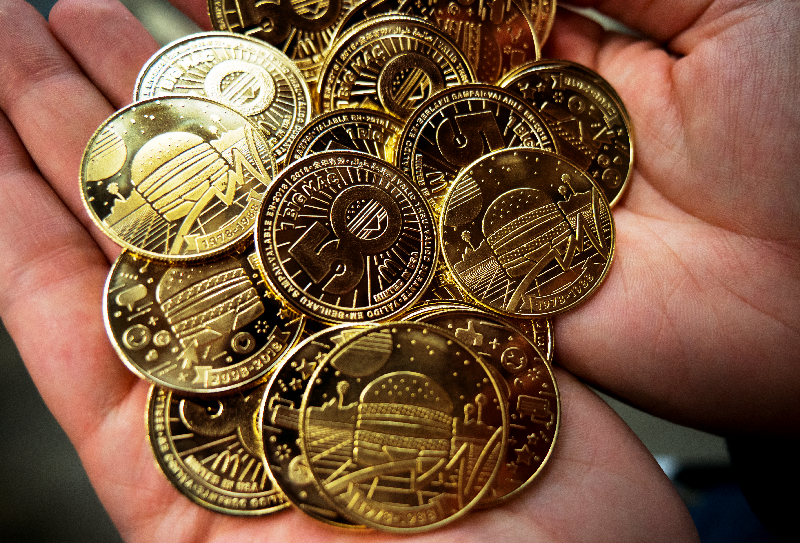

This tool measures the exchange rate between two countries, according to The Economist, ‘by dividing the price of a Big Mac in one country (in its currency) by the price of a Big Mac in another country (in its currency). The Big Mac Index – now available in an interactive currency-comparison tool. Updated annually, the index gives real time comparisons and “this adjusted index addresses the criticism that you would expect average burger process to be cheaper in poor countries than in rich ones because labour costs are lower.” At the high end of the spectrum (again, in US dollars) in Norway you pay $7.76 and at the low end, in the Ukraine $1.63. Giving rise to the word burgernomics, the index is sort of an easy way to gauge currency and spending power in other countries.Īccording to the magazine, “it is based on the theory of purchasing-power parity (PPP), the notion that in the long run exchange rates should move towards the rate that would equalize the prices of an identical basket of goods and services (in this case, a burger) in any two countries.”įor example, in Canada, on average, you can get a Big Mac for $5.64 ($5.52 US) compared to our neighbours to the south who can buy the same Big Mac for $4.80 in their own dollars. Introduced in 1986 in The Economist by Pam Woodall, this index is now published annually, referred to by statisticians and has been included in several economics textbooks. Something that started out as a lighthearted guide to measure whether currencies were at their correct level has turned into a global industry standard. In essence, the index answers the question ‘how much is a Big Mac in Japan?’ Today, Big Macs are sold in more than 100 countries, spurring The Big Mac Index. That jingle hit the air waves in the mid 70’s and carried on for more than a decade, making it one of the best advertising campaigns for the food chain and making this burger the best seller for McDonald’s. You know how it goes…two all beef patties, special sauce, lettuce, cheese, on a sesame seed bun.


 0 kommentar(er)
0 kommentar(er)
